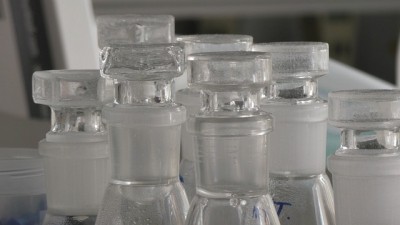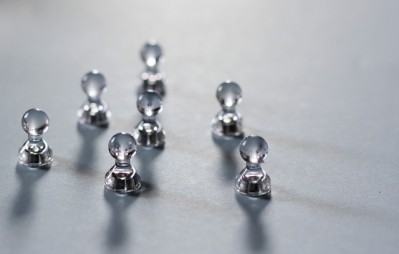Scientists at MIT publish new data on noncoalescence

The MIT team’s recently published work, moves the study of noncoalescence forward. And “figuring out why droplets sometimes float can help develop better fluid emulsions, such as medicine, cosmetics and paint,” according to Michelle Starr’s commentary on ScienceAlert.com about the work.
“While it has been established that the influence of thermocapillary flows in the lubricating air layer will resist coalescence between two drops with a temperature difference above some critical value, no theoretical model has provided a rationale for this critical temperature difference,” explain the scientists in the introduction to ‘Thermal delay of drop coalescence’, published in the Journal of Fluid Mechanics (from Cambridge University Press) earlier this month.
The introduction goes on to point out that “previous studies have neither characterized nor rationalized the dependence of the residence time of a floating droplet on the temperature difference between drop and bath.”
The team’s paper, then sets out to document the relationship between the initial temperature difference of a bath and drops of one liquid and the timespan that a droplet exists on the surface.
Experimentation
Through several investigations, explained with text, calculations, and supplementary videos, the team documents their new work on noncoalescence.
“Experiments indicate a minimum temperature difference, dependent on the oil viscosity, below which no appreciable difference with the isothermal case exists and above which the residence time increases as a function of the initial temperature difference,” write the researchers in the published summary and conclusion of the paper.
The team speculates that their concept of droplet behavior has implications for better understanding the conditions of drop flotation, impinging drops, and levitating drops.
To download a PDF of ‘Thermal delay of drop coalescence’ by Michela Geri, Bavand Keshavarz, Gareth H. McKinley, and John W. M. Bush, click here.
















